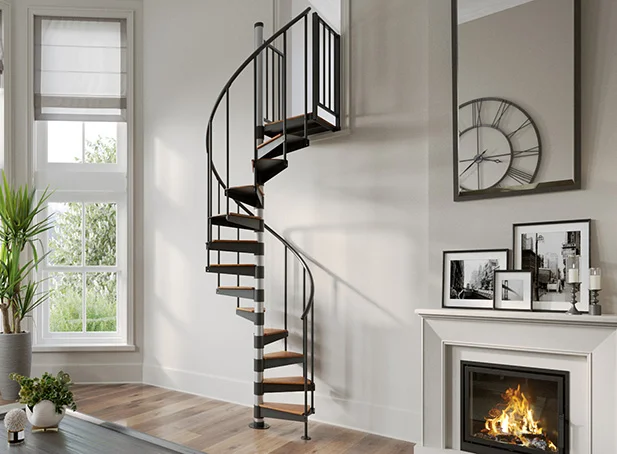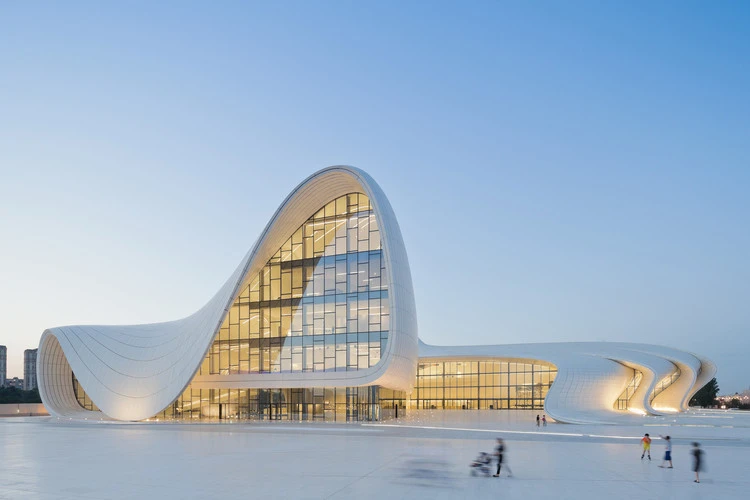Back in my tour to the Loire Valley I talked about my stay at La Perluette, a delightful B&B in the city of Blois. The hosts Dominique and Georges were helpful in preparing our vacation in the Loire Valley region.
Here I'm going to discuss about Monsieur Georges in particular and his enthusiasm for photography. As an ardent photographer and teacher he was eager to take my camera and assess my work. We had an understanding of our connection from the outset. He was the instructor, and I the pupil.
And while his comments were many and his compliments rare, he always offered extremely purposeful input which I found myself trying out the following day. I was yearning for his acceptance.
After my stay at La Perluette, I have 6 photographic tips that Monsieur Georges provided to me and I'll pass along to you. Take them as ideas and remember, photography is always about your personal expression so follow your vision, even if it means not following the tips of others.
1. Learn How To Take Beautiful Shots Of Ugly

Anyone can snap that postcard photo. You know the one that you see in all the booklets. And although there's nothing wrong with that, Monsieur Georges made a point to remark that good photographers know how to capture the beauty in the ugliness.
I attempted this the next day. While I was out touring the lovely Château de Chambord I observed a worker working on the repair, something photographers prefer to cut out of shots. Well I adored his red shirt and yellow bucket. And while scaffolding may not be the most attractive thing physically, it reflects the individuals that love and struggle to protect these pieces of history - which in my opinion is wonderfully lovely.
2. Blue Hour Is Great & Plan Your Timing
This may seem like an obvious one, but hear me out. We are frequently focused with making sure we are at a place for golden hour. And don't get me wrong, golden hour provides for some amazing photographs, but I frequently over look blue hour. By the time I finished with sunset, I had no clue where to go or what to do for that moment when the sky lights up blue.
Monsieur Georges informed me, that's a mistake. Blue hour should be a priority and you need to organize it well. So how to do it? Find a scene that has artificial illumination (cityscapes, or monuments with lights are ideal examples). About 20 minutes after the sun sets, start shooting. Set your camera to a narrow aperture to obtain detailed starbursts from the lights and a slow shutter-speed to bring enough light into the area. This implies tripods are essential.
Most essential, make sure you arrange your time. I looked up sun set and driving distances and intended to be at the Château de Chambord for golden hour then drive 20 minutes to the city of Blois for blue hour.
3. Use Lines To Draw Your Eye Into The Subject
This one takes time to figure out (I'm still struggling) but you simply want to utilize lines to direct someone's eye toward the topic. Often there's a lot going on in a scene, what do we want people to focus on? Lines, whether its a route, road, beach or river all assist steer the eye in the proper direction.
These are two photos I did. Monsieur Georges wasn't a fan of the first and liked the second since the river in the front offers a line into the scene.
Read Also: Activities in the National Park of Corcovado
4. Have Spiral Stairs End On The Corner

This is particularly beneficial in locations like the Loire Valley, where you're taking plenty of architecture photography. When you're photographing a spiral staircase you want to make sure you're getting enough of the staircase and that your eye is drawn off the spiral into the corner of the shot.
Below are two photos I produced. The first is tight, but the second displays more of the steps and the bottom isn't clipped so your attention is lead out of the corner.
5. Empty Blue Sky Is Boring
The minimalist in me took this advise more as a recommendation because there are many of times I actually prefer an empty blue sky. Monsieur Georges' argument has to do with composition. Though it would be ideal to have a sky with mystery, like clouds or gorgeous hues, occasionally we are unfortunate and the sky is providing us nothing. So consider other compositions.
Below is a scene I photographed with two distinct compositions. The first features a lot of blue sky. I was looking for a minimalist approach with a miniature castle in the scene. But when I took a second shot, further zoomed in and in a portrait position it fits the frame better. Monsieur Georges may still complain there's too much blue sky but that's going to be an artistic difference.
6. People In Your Picture Can Be Good
This advice truly depends on the photo you're trying for, but generally speaking the more I shoot the more I'm loving people in my shot.
People show size, fascinating activities, emotions and occasionally I prefer to portray big groups of people to demonstrate how active a scene is. Yeah sometimes they might be bothersome if you're trying to get a specific style and you've had people strolling in and out of your frame, but otherwise consider working with people.
Below are two photos of the Chateau de Chenonceau. I went to this Château with the first picture in my mind. I so much wanted to catch the reflection photo that you see in the booklets. And you know what, I got it. But I love the second shot, since the family in the tiny red boat adds more interest to the scene.

